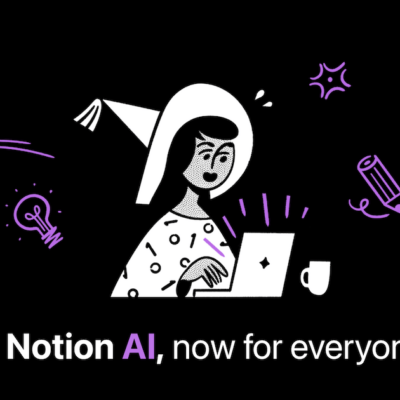Blockchain is a revolutionary technology that has the potential to transform the way we conduct transactions and share data. In this blog post, we will explore what blockchain is, how it works, and the benefits and challenges associated with this technology.
What is Blockchain?
At its core, blockchain is a decentralized ledger of digital transactions that is secured through cryptography. Transactions are verified by a network of users, rather than a single central authority, making the system more transparent and resistant to fraud.
How Does Blockchain Work?
A blockchain is made up of a series of blocks, each containing a set of transactions. When a new transaction is initiated, it is verified by a network of users, known as nodes, before being added to a block. Once a block is full, it is added to the existing blockchain and becomes a permanent part of the ledger.
Each block contains a unique code, known as a hash, that is generated based on the contents of the block. This hash is used to link the block to the previous block in the chain, creating a secure, tamper-proof record of all transactions.
Benefits of Blockchain
There are several benefits associated with blockchain technology, including:
- Security: The decentralized nature of blockchain makes it more resistant to fraud and hacking than traditional centralized systems.
- Transparency: Because transactions are verified by a network of users, rather than a single central authority, the system is more transparent.
- Efficiency: Transactions can be processed more quickly and with lower fees than traditional systems, making it an attractive option for businesses.
- Decentralization: The decentralized nature of blockchain means that there is no single point of failure, making it more resilient and reliable.
Challenges of Blockchain
While blockchain offers many benefits, there are also several challenges that must be addressed, including:
- Scalability: As the number of transactions processed on the blockchain increases, the system can become slower and more difficult to manage.
- Adoption: Widespread adoption of blockchain technology is still in its early stages, and it may take time for businesses and consumers to fully embrace this new technology.
- Regulation: The decentralized nature of blockchain makes it difficult for regulators to oversee and enforce compliance, creating potential risks and challenges.
- Energy Consumption: The process of verifying transactions on the blockchain requires a significant amount of energy, leading to concerns about sustainability and environmental impact.
Conclusion
Blockchain is a powerful and transformative technology that has the potential to revolutionize the way we conduct transactions and share data. While there are still challenges that must be addressed, the benefits of blockchain are clear, and it is likely that this technology will continue to grow in importance in the years to come. As more businesses and organizations begin to embrace blockchain, we can expect to see new innovations and opportunities emerge, leading to a more secure, transparent, and efficient future.







